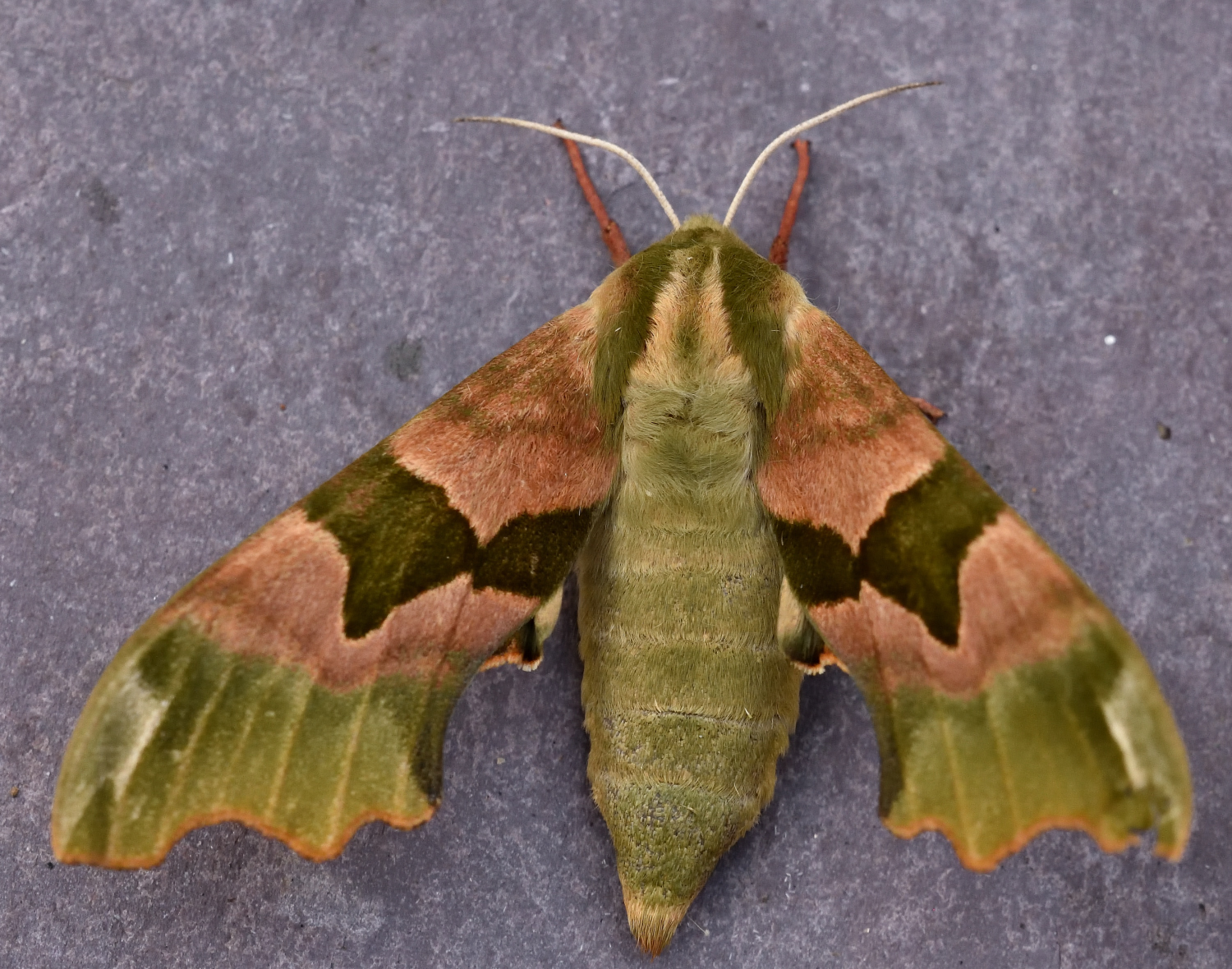
For example, association with certain microbes can promote plant growth using an array of mechanisms, including playing an essential role in biological nitrogen fixation (BNF), the synthesis of phytohormones and vitamins, increasing the host plant's tolerance to numerous environmental stresses (including both biotic and abiotic stresses), alteration of hormone production, as well as increasing the bioavailability to the plant of macro- and micronutrients such as phosphorus and iron.Įndophytic organisms associated with plants occupy a relatively privileged niche within a plant and contribute to plant health or growth. There is an increasing appreciation of the roles played by microbes, including endophytic bacteria, in improving plant growth, health and productivity. Bacterial and fungal endophytes appear to inhabit various host plant tissues and have been isolated from plant leaves, stems, or roots. Endophytes are fungal or bacterial organisms that live within plants. Like humans, which benefit from a complement of beneficial microbial symbionts, plants have been purported to benefit somewhat from the vast array of bacteria and fungi that live both within and around their tissues to support their health and growth.

Thus, there is a significant need for innovative, effective, and publically-acceptable approaches to improving the intrinsic yield and resilience of crops to severe stresses. In addition to their long development and regulatory timelines, public fears of GM-crops and synthetic chemicals has challenged their use in many key crops and countries, resulting in a complete lack of acceptance for GM traits in wheat and the exclusion of GM crops and many synthetic chemistries from European markets. While these paradigms have assisted in doubling global food production in the past fifty years, yield growth rates have stalled in many major crops and shifts in the climate have been linked to production declines in important crops such as wheat. Today, crop performance is optimized via of technologies directed towards the interplay between crop genotype (e.g., plant breeding, genetically-modified (GM) crops) and its surrounding environment (e.g., fertilizer, synthetic herbicides, pesticides). The need to grow nearly twice as much food in more uncertain climates is driving a critical need for new innovations. By 2050, the FAO projects that total food production must increase by 70% to meet the needs of the growing population, a challenge that is exacerbated by numerous factors, including diminishing freshwater resources, increasing competition for arable land, rising energy prices, increasing input costs, and the likely need for crops to adapt to the pressures of a more extreme global climate. Population growth and changes in diet associated with rising incomes are increasing global food demand, while many key resources for agriculture are becoming increasingly scarce. The present invention relates to the methods of producing plant seeds comprising microbes, as well as compositions of plants and seed comprising microbes.Īgriculture faces numerous challenges that are making it increasingly difficult to provide food, materials, and fuels to the world's population. Such seed microbial endophytes can provide beneficial properties to the seed, seedling, or the agricultural plant derived from the seed or seedling, including beneficial properties related to metabolic, transcriptional, or proteome alterations, morphology, and the resilience to a variety of environmental stresses, and combination of such properties.

For example, this application provides purified microbial populations that include microbial endophytes, and synthetic combinations of seeds and/or seedlings with seed-derived microbial endophytes such as heterologous seed-derived microbial endophytes. This application relates to methods and materials for providing a benefit to a seed or seedling of an agricultural plant, or an agricultural plant derived from the seed or seedling. Symbiota, Inc., (now Indigo Ag, Inc.) and the Austrian Institute of Technology GmbH, were subject to a joint research agreement effective on of before the effective date o the claimed invention. The instant application contains a Sequence Listing with 1377 sequences, which has been filed electronically in ASCII format and is hereby incorporated by reference in its entirety. The contents of all of the above named applications are incorporated by reference for all purposes. 24, 2014 which claims the benefit of and priority to U.S. 24, 2016 (allowed), which is a national phase application of International Application No. This application is a continuation of U.S.


 0 kommentar(er)
0 kommentar(er)
